WebGL - Powerful WebGL Tooling
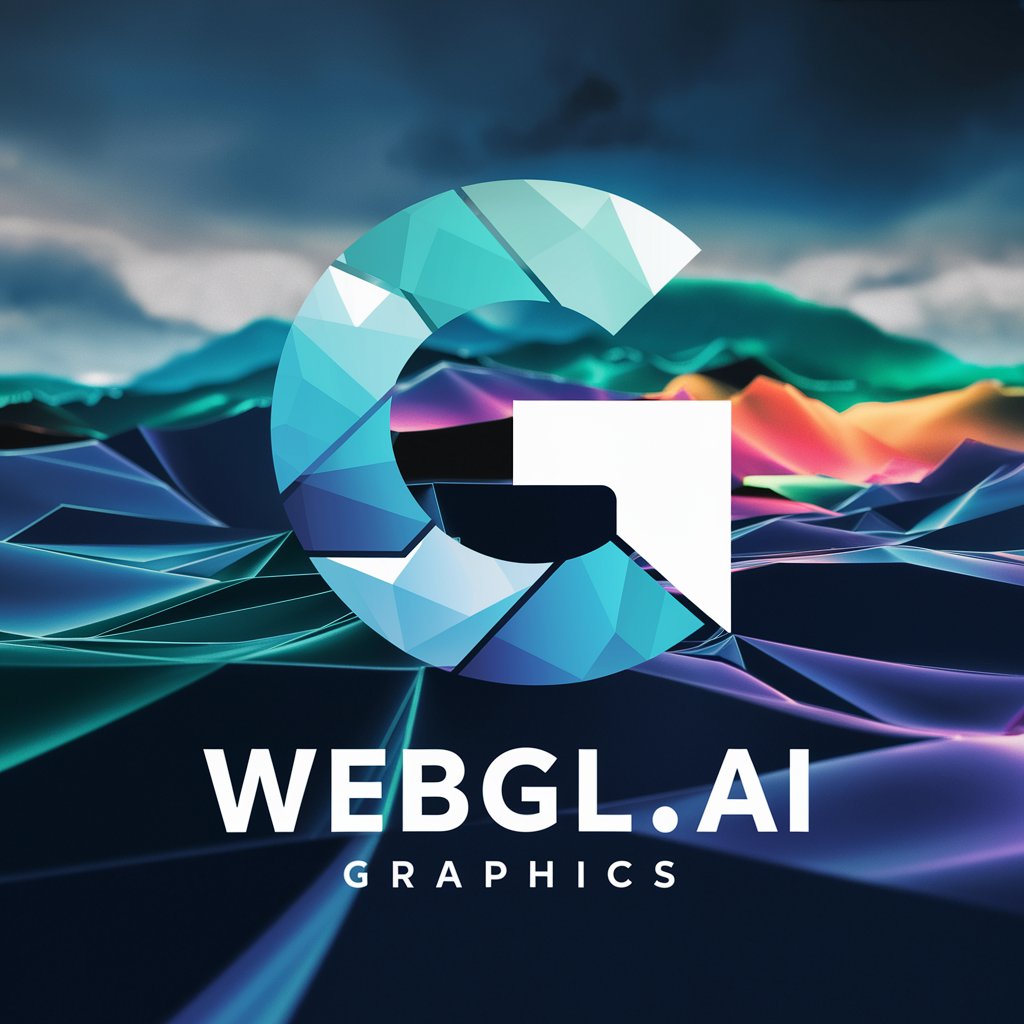
Welcome to WebGL.AI, your guide to mastering WebGL technology.
Empowering Web Experiences with AI
Explore advanced WebGL techniques for interactive 3D applications...
Learn how to optimize WebGL performance for smoother user experiences...
Discover innovative WebGL applications in web design and gaming...
Get started with WebGL API: Basics to advanced tutorials...
Get Embed Code
Introduction to WebGL
WebGL (Web Graphics Library) is a JavaScript API for rendering interactive 2D and 3D graphics within any compatible web browser without the use of plug-ins. Developed as a web standard by the Khronos Group, WebGL is derived from OpenGL ES, a widely used interface for rendering graphics in mobile devices, thus enabling it to leverage GPU acceleration for complex visual tasks directly in the browser. Its design purpose is to bring high-performance graphics to the web, allowing developers to create visually compelling and interactive web applications. Examples include immersive game experiences, data visualization, interactive art, and complex UI/UX designs. A scenario illustrating WebGL's capabilities is a web-based game that renders dynamic 3D environments in real-time, allowing users to interact with them directly in their web browsers without additional software. Powered by ChatGPT-4o。

Main Functions of WebGL
Rendering 2D and 3D Graphics
Example
Creating interactive 3D models of architectural designs that users can explore in detail directly from a web page.
Scenario
Architects and real estate developers use WebGL to present virtual tours of properties, enabling potential buyers to navigate through different rooms and view properties from various angles.
Shader Programming
Example
Developing custom visual effects for web-based games, such as dynamic lighting, shadows, and textures.
Scenario
Game developers leverage WebGL's shader programming capabilities to enhance the visual quality of their games, providing a richer and more immersive gaming experience directly in the browser.
GPU Acceleration
Example
Performing data visualization tasks, such as rendering complex graphs and simulations that involve large datasets.
Scenario
Researchers and data analysts use WebGL for creating interactive charts and simulations, allowing for real-time data manipulation and visualization of scientific or financial data on web platforms.
Interactive 3D Applications
Example
Designing interactive educational content, like virtual labs or historical reconstructions, that can be accessed online.
Scenario
Educators and content creators use WebGL to develop engaging and interactive learning materials, enabling students to explore scientific experiments or historical sites in a 3D environment.
Ideal Users of WebGL Services
Web Developers and Designers
Professionals who are engaged in creating and optimizing web applications. They benefit from WebGL's capabilities to integrate interactive 3D graphics into websites, enhancing user engagement and providing dynamic content.
Game Developers
Creators of interactive games that run within web browsers. They utilize WebGL to deliver high-quality, engaging 3D gaming experiences without the need for external plugins, making games accessible on a wide range of devices.
Data Scientists and Analysts
Individuals who work with large datasets and require sophisticated visualizations to analyze and present data. WebGL facilitates the creation of detailed, interactive charts and graphs that can handle complex data manipulation in real-time.
Educators and Content Creators
Those who produce educational materials or content for online platforms. WebGL enables them to create interactive, immersive learning experiences that can make subjects like science, history, and technology more accessible and engaging for students.

How to Use WebGL
Start with a Free Trial
Access a free trial at yeschat.ai, offering immediate use without the need for login or a ChatGPT Plus subscription.
Learn the Basics
Familiarize yourself with the fundamentals of WebGL through tutorials and documentation. Understand the graphics pipeline, shaders, and the WebGL API.
Set Up Your Development Environment
Ensure you have a text editor or IDE and a modern web browser that supports WebGL. Install any necessary development tools or libraries for WebGL.
Create and Test Your First Project
Start with a simple project, such as rendering a 2D shape or 3D object. Use this project to experiment with WebGL's capabilities and to test your understanding.
Explore Advanced Techniques
As you become more comfortable, delve into more complex projects involving lighting, textures, and animation. Use the WebGL community and resources for inspiration and problem-solving.
Try other advanced and practical GPTs
Travel Nurse Pathfinder
Empowering Nurses on the Move with AI

Tiny Mate Typo
Bringing letters to life with AI creativity.

MS. SMART | LYRICAL LEARNER
AI-Powered Learning Made Fun
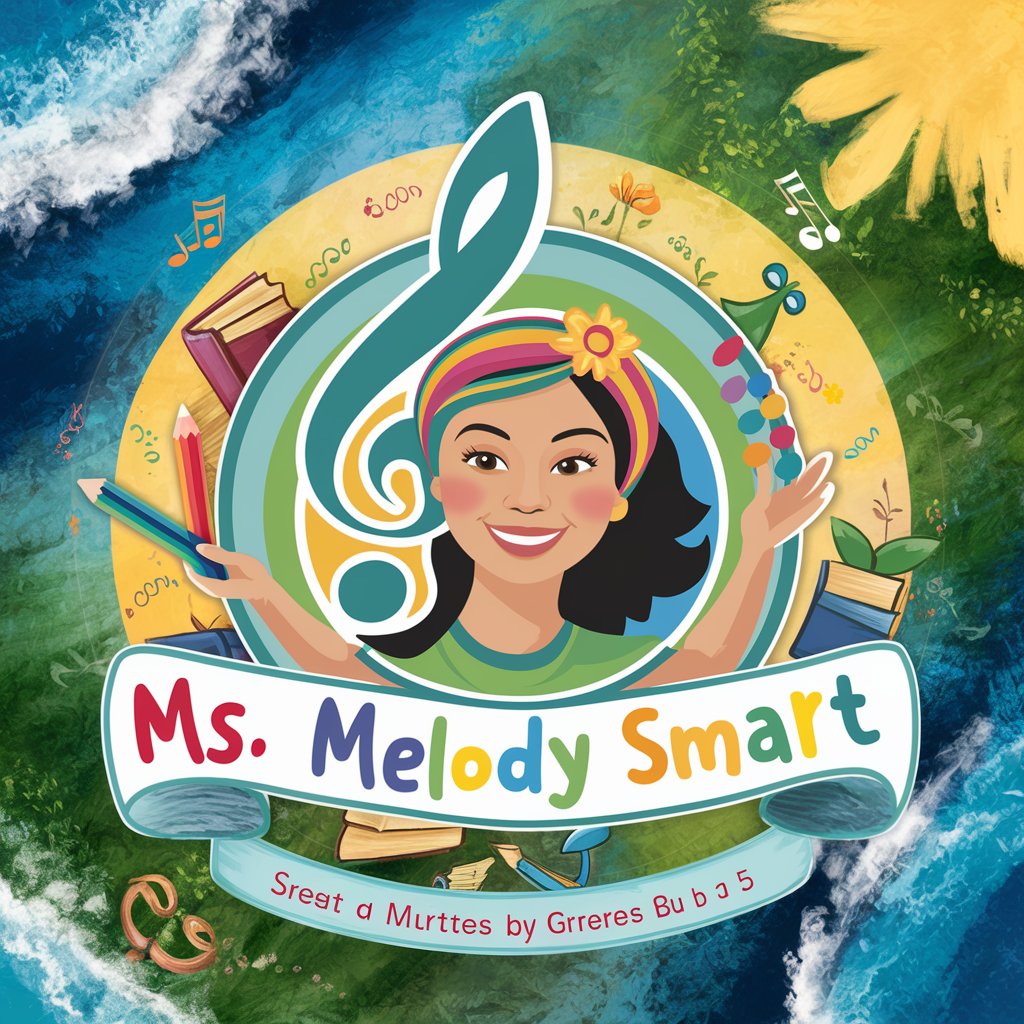
Cod-in
Elevate Your Coding with AI-Powered Support

Social Sales Transformer (Copy)
Elevate Your Sales Copy with AI

OpenAPI 스키마 도우미
Automating API Schema Creation with AI
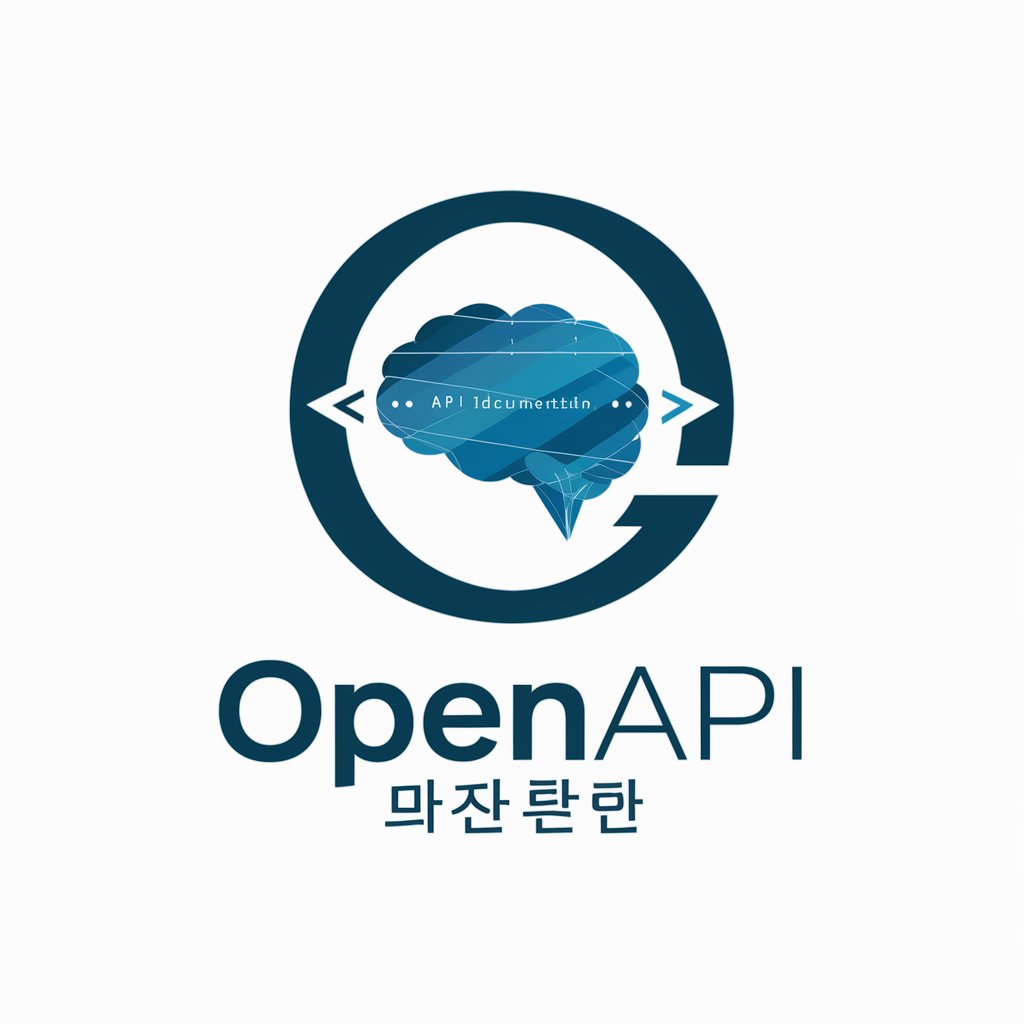
Faceless Content Coach
Empowering Your Faceless Brand with AI
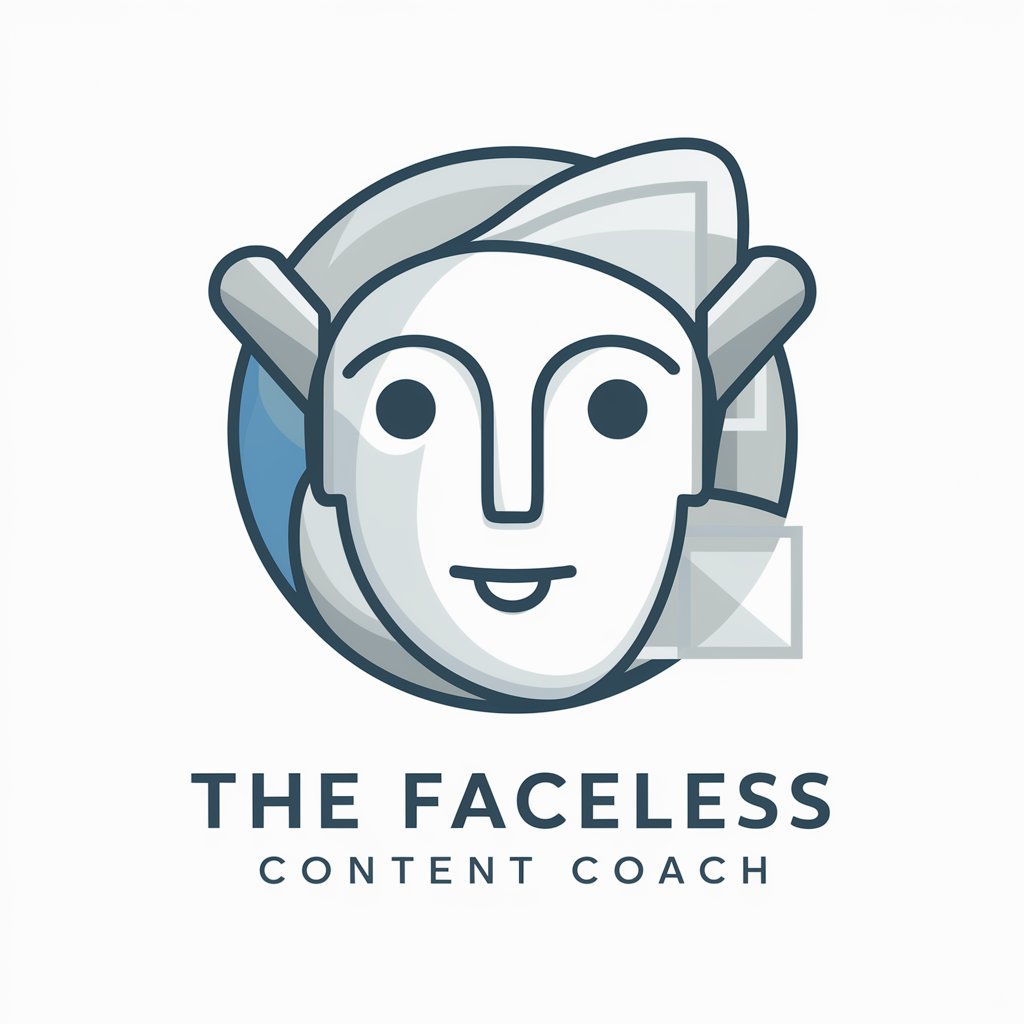
GPT Creator
Customize AI, Empower Creativity

God's Information Systems Design
Empowering Your Design Journey with AI

结构化提示词工程师
AI-Powered Expert Role Simulation for Decision Making
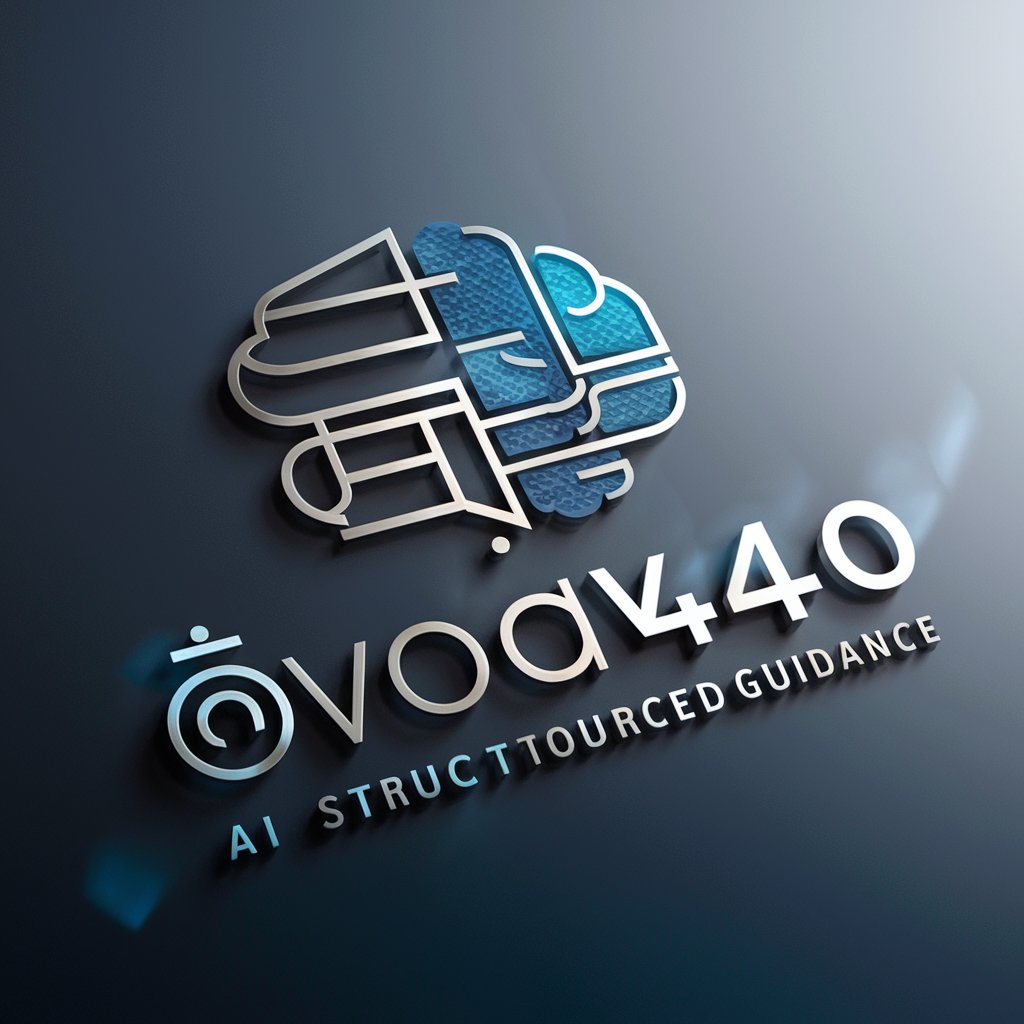
Able-Code Solver
Empowering Your Code with AI

Pickleball Pro
Elevate Your Game with AI-Powered Pickleball Insights

Frequently Asked Questions about WebGL
What is WebGL and why is it important?
WebGL is a JavaScript API for rendering interactive 2D and 3D graphics within any compatible web browser, without the use of plug-ins. It enables developers to create rich, interactive visuals and games that are accessible on a wide range of devices, enhancing the web experience.
Can I use WebGL for mobile applications?
Yes, WebGL is supported by most modern mobile browsers, allowing you to create graphics and games that work seamlessly across desktop and mobile platforms.
What are shaders in WebGL?
Shaders are programs written in GLSL (OpenGL Shading Language) that run on the GPU. They are a critical part of WebGL, allowing developers to control the rendering process, including the shapes, colors, and textures of objects.
How can I optimize my WebGL applications for better performance?
Optimize by minimizing shader complexity, reducing the number of draw calls, using efficient data structures for your geometry, and leveraging techniques like level of detail (LOD) and culling to reduce the workload on the GPU.
Are there any security concerns with using WebGL?
WebGL itself is secure, but it exposes low-level hardware functionality that could be exploited if not used carefully. Browsers mitigate these risks by implementing security standards and sandboxing, but developers should stay informed about best practices and potential vulnerabilities.
